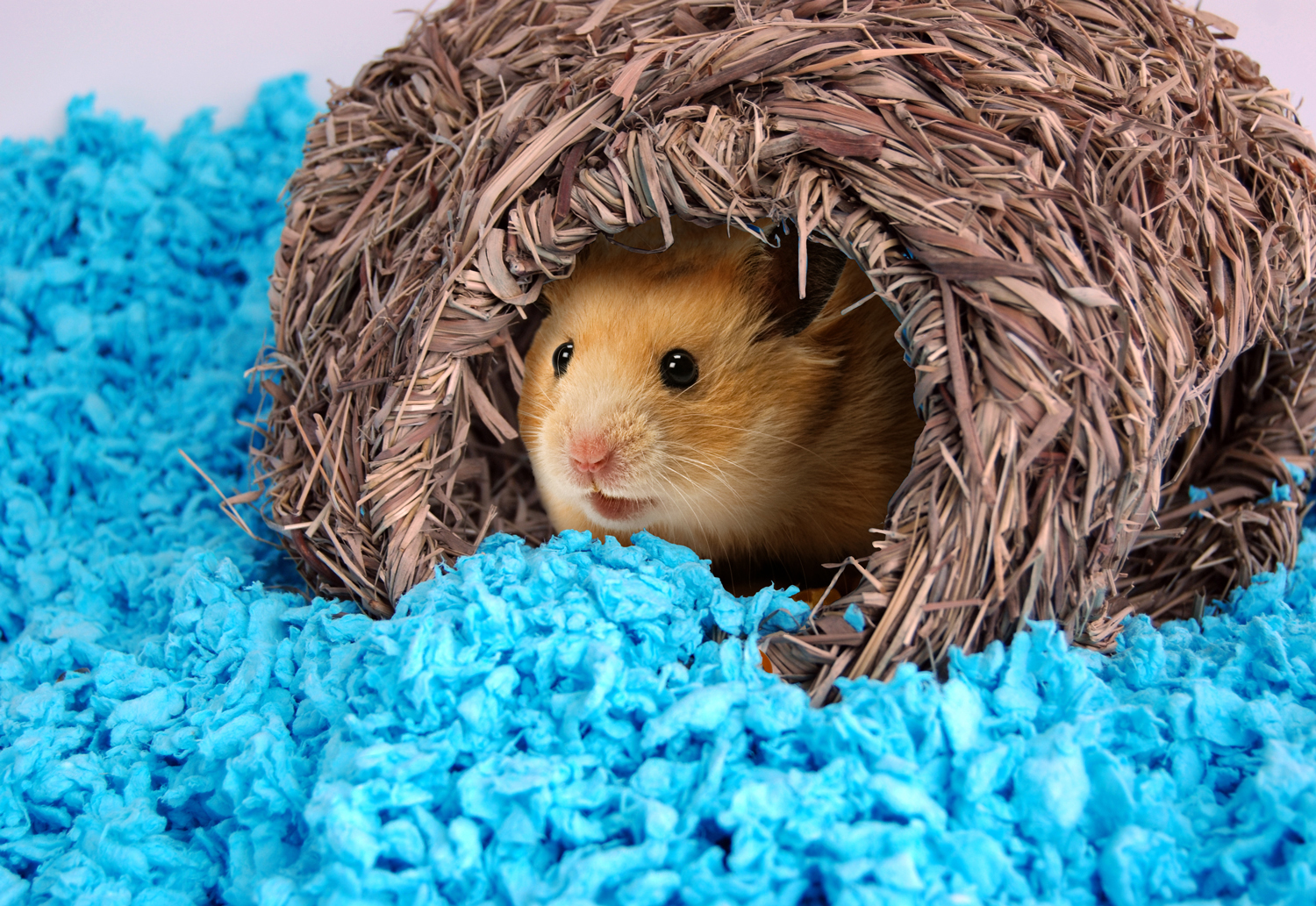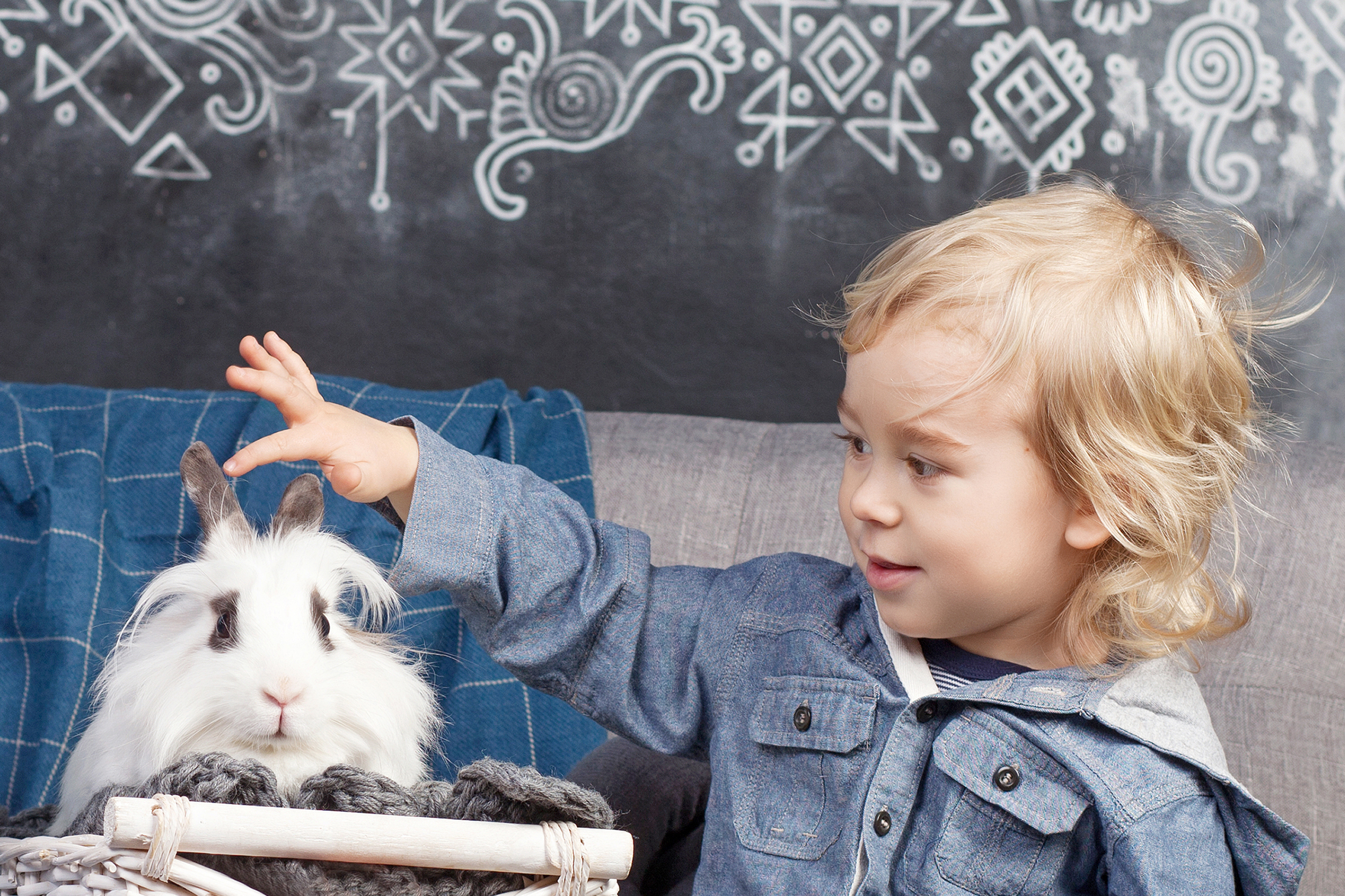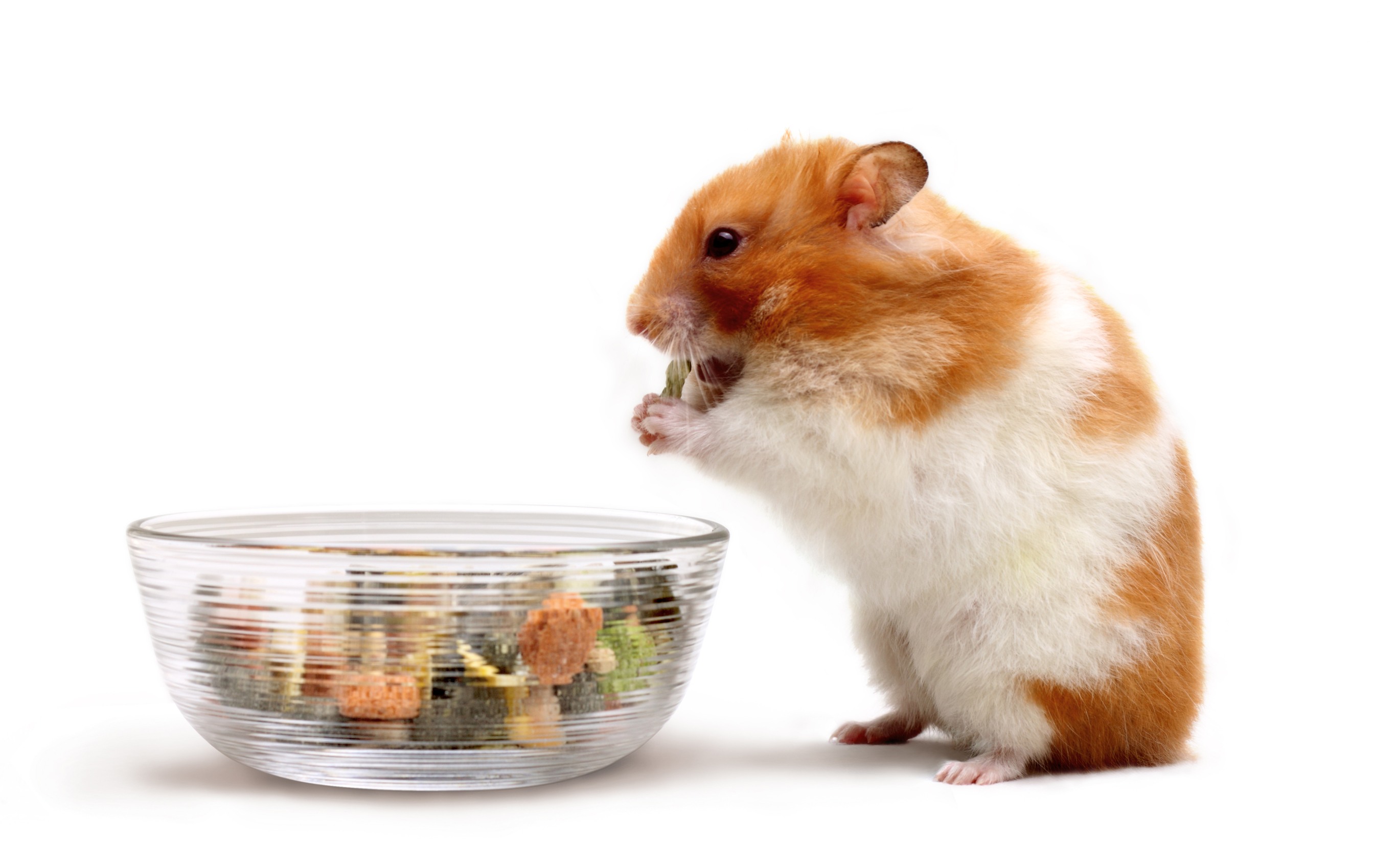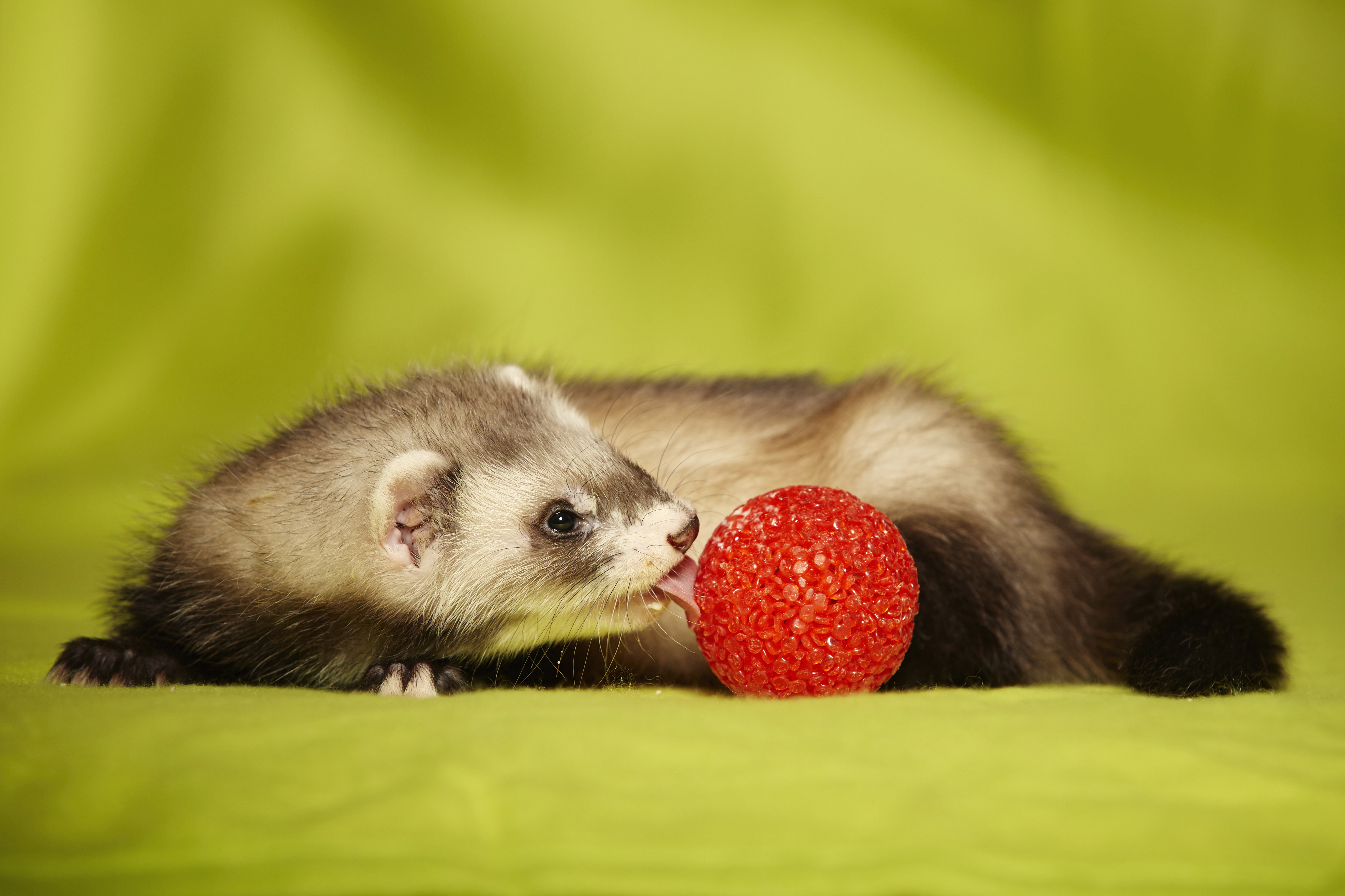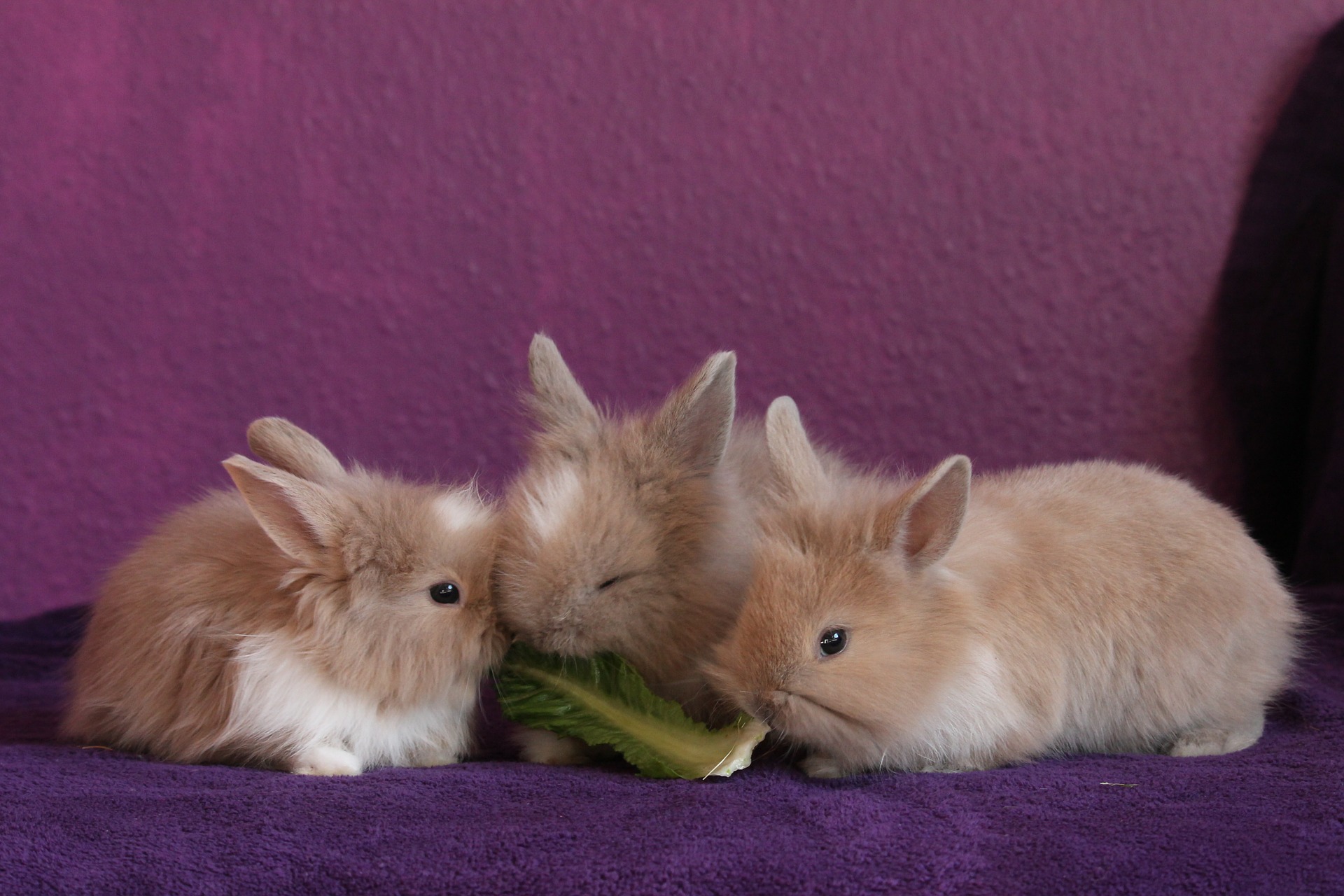All About That Base
Erik J. Martin //April 10, 2017//
Today’s pet retailers can’t afford to roll out of bed late—or roll only partway into the small animal bedding subcategory, for that matter. That’s because pet owners are increasingly aware of the plethora of substrates crowding the market and are clamoring for greater variety in the products with which they choose to line their cage bottoms.
However, it’s not enough for a store to simply diversify its bedding/litter stock: it has to cater to popular demand for colors, defense against stench, eco-friendliness and alternative materials, too, say the pros.
“As consumers’ understanding of how their pets interact with the bedding increases, retailers have been challenged to expand their offerings to include products that not only cover the bottom of the cage but also contribute to a safe and enriching environment,” explained Angie Schmitt, senior brand manager for Kaytee Products in Chilton, Wisconsin. “As a result, many retailers have moved away from substrates that contain oily or aromatic woods and toward those that, for example, are dust-free and use natural, non-irritant ingredients to generate scent.”
Offering a do-it-all combination of features in one product—odor maintenance, absorbency, zero dust/no mess and low-processed ingredients—certainly seems to hit the sweet spot that customers crave.
“Pet owners are increasingly looking to buy sustainable, healthier and more natural products that are good for their pets, their homes and their environment. And they want bedding that performs well for odor control and easy cleanup but is still soft and cozy,” said Leslie Ellis, consumer communication manager for Healthy Pet, makers of carefresh natural paper bedding in Ferndale, Washington.
The Paper Chase
For these and other reasons, biodegradable paper bedding remains atop the heap when it comes to sales and preferred ingredients.
“There’s definitely been a trend in the last few years toward more naturalistic products that have the animal’s health in mind,” said Brian Wood, president of FiberCore LLC, the Cleveland-based maker of Eco-Bedding, which is made from 100 percent post-consumer paper waste that is Forest Stewardship Council-certified.
“We’ve seen a movement away from unhealthy cedar chips and cheaper products to recycled paper that’s cleaner and more economical and encourages foraging and nesting,” Wood added.
Many shoppers are also enamored with chromatically cool and colorfast bedding that enables cage customization, often choosing a tinted product that harmonizes with hues in their room or the colors of their favorite sports team. Consequently, fun and festive-colored substrate products abound, including Kaytee’s Clean & Cozy Apple Orchard, Camo, Frozen Fun, Birthday Cake and others; Healthy Pet’s carefresh Complete Confetti or carefresh colorful creations (available in six colors); and Ware’s ColorFresh Multi-Color Small Animal Bedding.
Shredded or pelleted recycled paper and wood shavings aren’t the only options available, either. More manufacturers are providing alternative materials, with each boasting unique merits. Examples include Oxbow Animal Health’s Eco-Straw, which sources high-fiber wheat straw into an absorbent, dustless, pelleted product; Hartz Corn Cob Bedding & Litter, utilizing coarse ground cob; and F.M. Brown’s Sons’ Corn Cob Bedding and its Twirls & Cobs, which mixes corn cob with recycled paper for a colorful combination.
Additionally, bedding SKUs aren’t limited to bags. In recent years, Kaytee has made a splash with its disposable CritterTrail Bedding Trays (available in a three-pack), preloaded with the company’s Clean & Cozy bedding and designed to accommodate all CritterTrail rectangular enclosures.
Sniffing Out Sales
Keeping olfactory funk to a minimum never goes out of style, either.
“Today’s pet parents are looking most often for products that help to control odor and neutralize the ammonia found in pet urine,” noted Phoebe Stanley, associate marketing manager for Bowling Green, Ohio-headquartered Vitakraft Sun Seed, Inc. “Guinea pigs, for example, are social animals that need to be kept in pairs, which can create more odor in the enclosure.”
To help matters, Sun Seed offers Heavy Duty Odor Control Fresh World Bedding. Many brands, like Fresh News Small Animal Bedding and Phresh Paper Small Animal Bedding, use baking soda to curb cage-stink, and some manufacturers, like Hartz with its Nodor Natural Bedding and FiberCore with its Eco-Bedding with New Triple Action Odor Control, employ proprietary odor-encapsulating technologies or formulas they promote on their packaging and marketing materials.
Merchandising Tips
When it comes to displaying and promoting substrate goods, common sense tactics still apply. That means avoiding the urge to downplay or bury the products on bottom shelves, grouping them near habitats for sale, using new bedding products within live animal cages (and making the customer aware of this with signage) and training staff to be able to answer patrons’ questions about each product’s features and benefits.
In addition, it pays to give customers a taste—compliments of the house.
“Provide bedding samples to shoppers so that they can try the product at home,” Wood suggested.
Lastly, don’t ignore online merchandising, especially on a small animal staple like bedding.
“It’s important to provide photos on your store’s website of the bedding products you carry as well as additional content about these products,” recommended Ellis, who also advised posting images featuring the merchandise used in live habitats.
